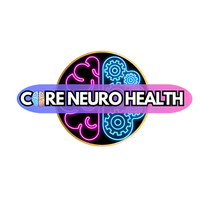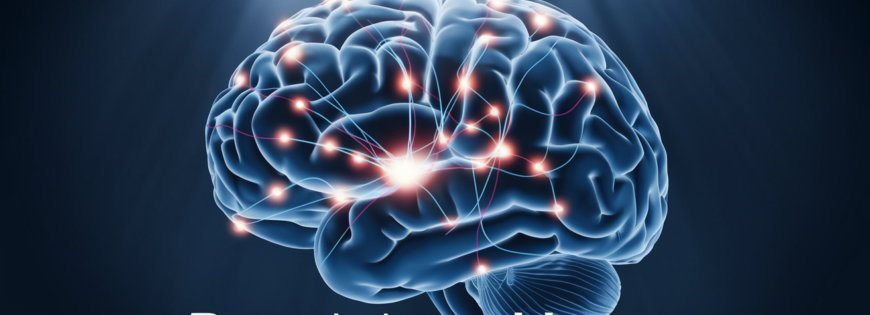You’ve tried the medications. You’ve sat through the therapy sessions. You’ve done everything “right” – yet depression still has its claws in you. What if I told you there’s still hope when the standard treatments fail?
For the 30% of depression patients who don’t respond to conventional approaches, treatment-resistant depression isn’t just a clinical term – it’s a daily battle. But neuroscience is revealing something remarkable: your brain’s neural pathways can be rewired.
This isn’t about positive thinking or another round of the same meds at higher doses. It’s about groundbreaking approaches that target the brain’s physical structures and connections.
What if the key to finally breaking free isn’t in managing your depression but in physically changing how your brain processes emotion? The answer lies in understanding how your neural networks actually work.
What is neuroplasticity?

Neuroplasticity is basically your brain’s superpower to rewire itself. Think of your brain as this incredibly dynamic organ that’s constantly changing throughout your life. It’s not the fixed, hardwired system we once thought it was.
When scientists talk about neuroplasticity, they’re referring to your brain’s ability to reorganize itself by forming new neural connections. This happens in response to learning, experiences, injuries, or disease.
Your brain contains billions of neurons that communicate through synapses. When you learn something new or have a powerful experience, these neurons fire together, strengthening their connections. As the saying goes, “neurons that fire together, wire together.”
Here’s what makes neuroplasticity so fascinating: it happens in multiple ways.
- Functional plasticity: Your brain can move functions from a damaged area to undamaged areas
- Structural plasticity: The physical structure of your brain changes through learning
This isn’t just theoretical science. Your brain is doing this right now as you read these words. Every time you practice a skill, remember a fact, or process an emotion, your neural pathways are being sculpted.
For someone with depression, this concept is huge. It means your brain isn’t permanently stuck in patterns of negative thinking. The neural pathways contributing to depression can potentially be weakened while new, healthier pathways can be strengthened.
This is why treatments like cognitive behavioral therapy, mindfulness practices, and even certain medications work—they literally help reshape your brain’s physical structure and functioning.
Brain structures involved in depression
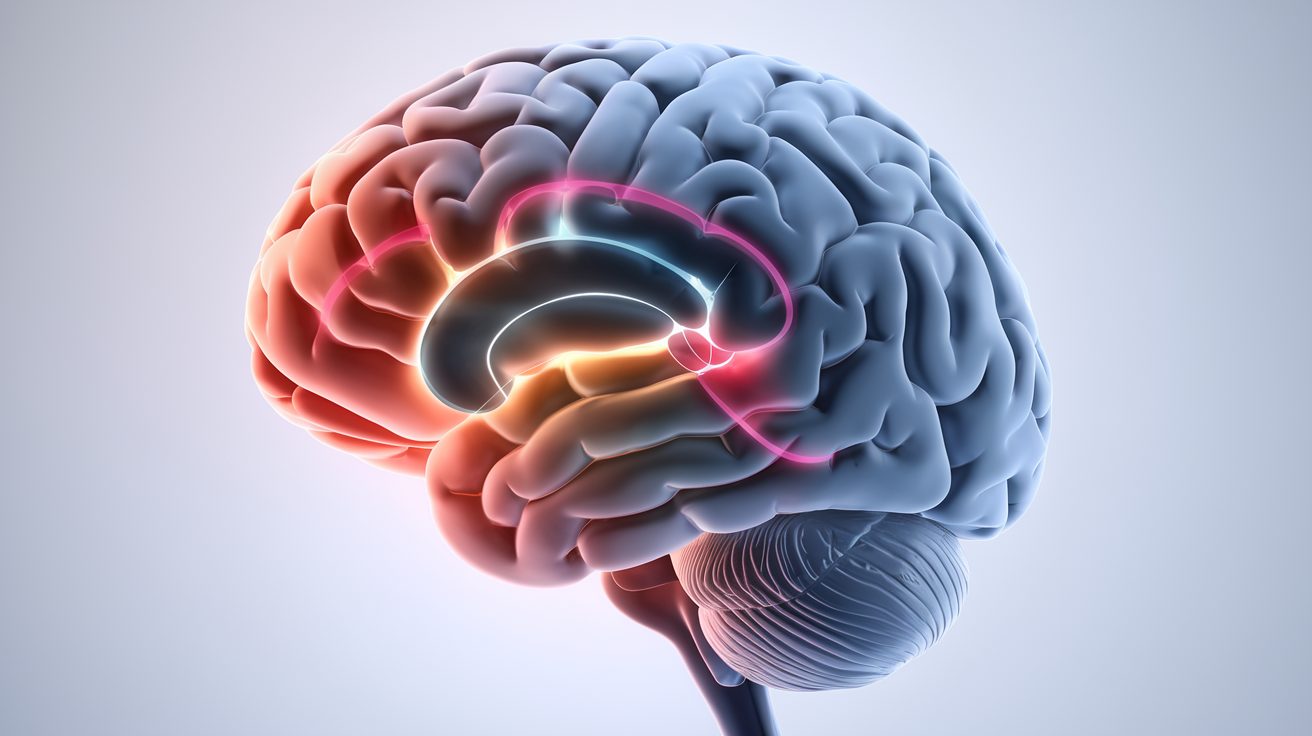
The Neural Network of Depression
Depression isn’t just a feeling—it’s a physical reality happening inside your brain. When you’re struggling with treatment-resistant depression, specific brain regions are literally functioning differently.
The amygdala—your emotional processing center—often goes into overdrive in depression. Think of it as your brain’s alarm system stuck in the “on” position, constantly scanning for threats and negative emotions.
Meanwhile, your prefrontal cortex, responsible for decision-making and rational thought, shows reduced activity. This explains why even simple decisions can feel overwhelming when you’re depressed.
Your hippocampus, crucial for memory formation, actually shrinks in long-term depression. This physical change may explain why depression can make your past seem like one long blur of sadness.
The Chemical Messengers
It’s not just about brain structures—it’s also about the conversations between them.
Neurotransmitters like serotonin, dopamine, and norepinephrine become imbalanced. Traditional antidepressants target these chemicals, but in treatment-resistant depression, this approach often falls short.
The brain’s reward circuit—involving the nucleus accumbens and ventral tegmental area—struggles to function properly. That’s why activities that once brought joy now seem empty and pointless.
The default mode network (DMN), active when your mind wanders, becomes hyperactive in depression. This overactivity fuels rumination—that endless loop of negative thoughts you can’t escape.
The insula, which processes bodily sensations, often shows abnormal activity too. This might explain the physical symptoms of depression—the heaviness in your chest, the constant fatigue, the aches that doctors can’t explain.
But there is hope!!

Despite how tough treatment-resistant depression can feel, breakthrough approaches are changing lives every day.
New Treatment Frontiers
Gone are the days when medication and therapy were the only options. Now, innovative treatments are rewiring the brain in ways we never thought possible.
Take TMS (Transcranial Magnetic Stimulation) for example. It’s non-invasive, targets specific brain regions, and has helped countless people who thought they’d tried everything.
Or ketamine therapy—once known only as an anesthetic, now recognized for its ability to create new neural pathways within hours, not weeks.
Success Stories Are Everywhere
I’ve seen patients who struggled for decades finally find relief. People who couldn’t get out of bed now running businesses. Parents who couldn’t engage with their children now creating beautiful memories together.
These aren’t miracles or flukes. They’re the result of neuroscience finally catching up to what we’ve always known—depression is complex, and one-size-fits-all treatments don’t work for everyone.
Your Brain Can Change
That’s the amazing thing about neuroplasticity—your brain can form new connections at any age. The pathways that depression has carved can be redirected.
Think about it: the very organ telling you nothing will ever change is actually designed to change.
And you don’t have to wait for rock bottom. Many people find that combining these newer approaches with traditional methods works even better than either alone.
The road might be longer for treatment-resistant depression, but it absolutely leads somewhere worth going.
What is treatment-resistant depression?
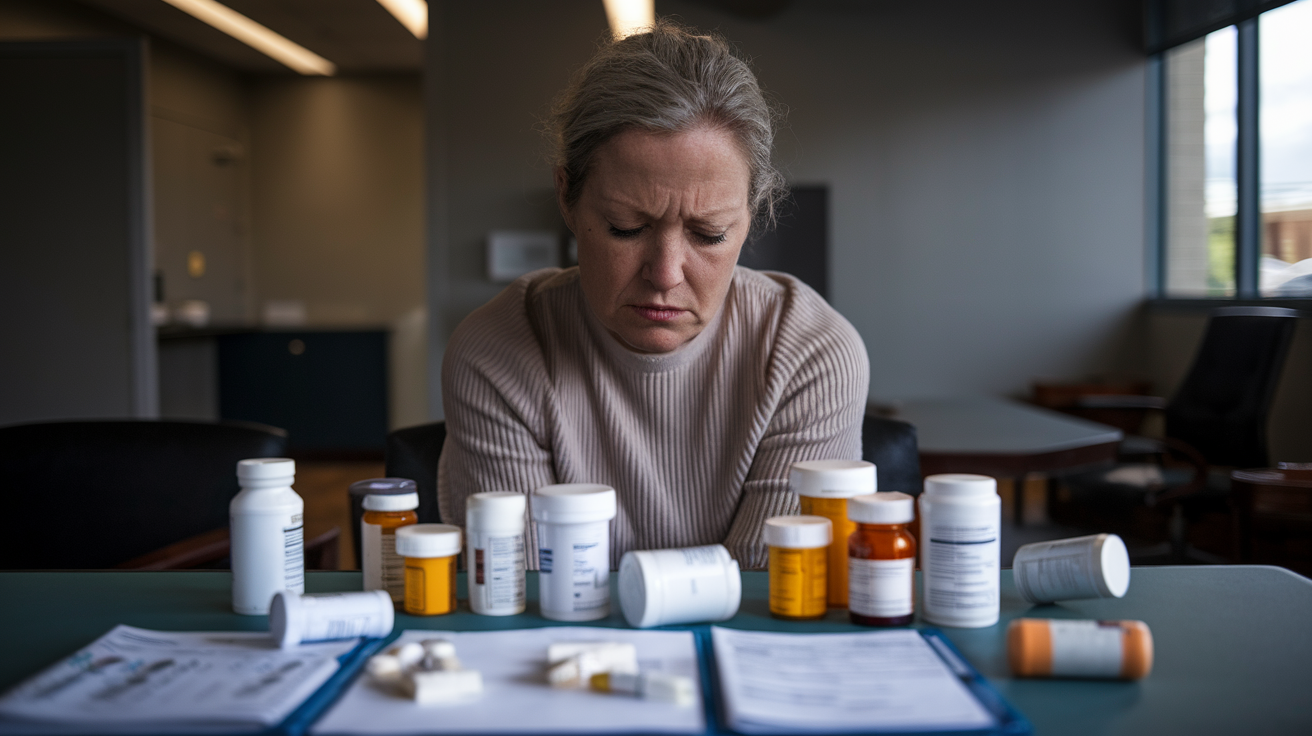
Treatment-resistant depression is exactly what it sounds like – depression that just won’t quit despite trying multiple treatments. Imagine going through therapy, taking medications, making lifestyle changes, and still feeling that overwhelming sadness and emptiness day after day. That’s the reality for about 30% of people with major depressive disorder.
Here’s the thing – you’re not labeled “treatment-resistant” after just one failed antidepressant. Doctors typically use this term when you’ve tried at least two different antidepressants at adequate doses for sufficient time (usually 6-8 weeks each) without seeing meaningful improvement.
The hard part? Depression isn’t just feeling sad. It’s a complex beast that can show up differently in everyone. Some people experience:
- Crushing fatigue that coffee can’t touch
- Complete loss of interest in things they once loved
- Changes in sleep that swing from insomnia to sleeping all day
- Physical symptoms like headaches or digestive issues
- Thoughts about death or suicide
When standard treatments don’t work, it’s not because you’re doing something wrong or not trying hard enough. Your brain chemistry, genetics, inflammation, and even childhood experiences all play roles in making depression stick around.
The good news? Treatment-resistant doesn’t mean untreatable. New approaches like ketamine therapy, transcranial magnetic stimulation, and even psychedelic-assisted therapy are opening doors for people who’ve tried everything else without success.
So, how does TMS help?
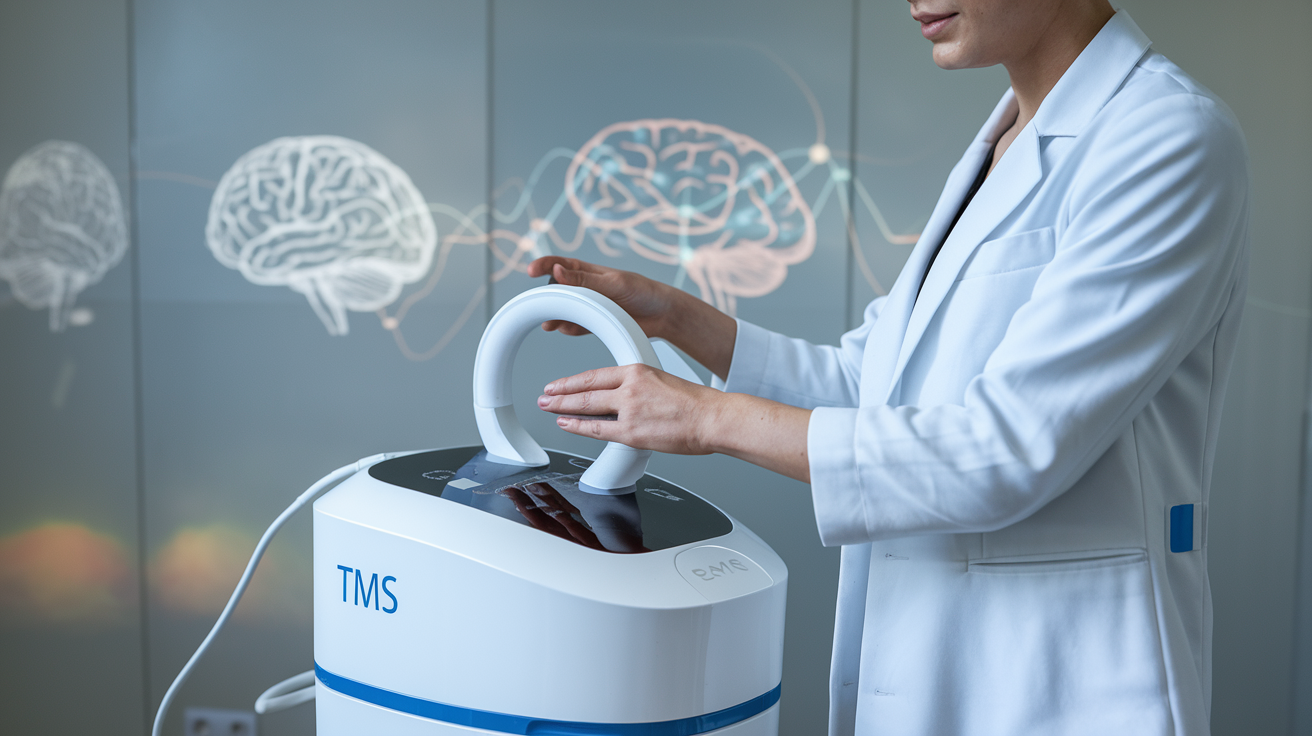
TMS stands for Transcranial Magnetic Stimulation, and it’s a game-changer for people struggling with treatment-resistant depression. But how exactly does it work its magic?
Think of TMS as a personal trainer for your brain. When you’re depressed, certain parts of your brain become less active – they’re basically falling asleep on the job. TMS uses targeted magnetic pulses to wake those lazy brain cells up and get them firing again.
The science is pretty fascinating. The magnetic pulses pass painlessly through your skull and create small electrical currents in specific brain regions – typically the prefrontal cortex, which is like the brain’s emotional control center. These pulses stimulate neurons that have been underperforming, encouraging them to form new connections and pathways.
What’s amazing is that TMS actually rewires your brain. Through a process called neuroplasticity, your brain forms new, healthier neural connections. It’s like creating new roads when the old ones are blocked with traffic.
People often ask if it hurts. The honest answer? You’ll feel tapping sensations on your head, maybe some mild discomfort, but nothing like the side effects you get with medications. No brain fog, no weight gain, no sexual dysfunction. Just targeted treatment where you need it most.
The best part? The effects build over time. Most people need several weeks of treatment, but the results can last much longer than that. Your brain is literally learning new patterns of activity – healthier ones that don’t lead you down the dark rabbit hole of depression.
TMS can be a life-giving treatment for those with treatment-resistant depression
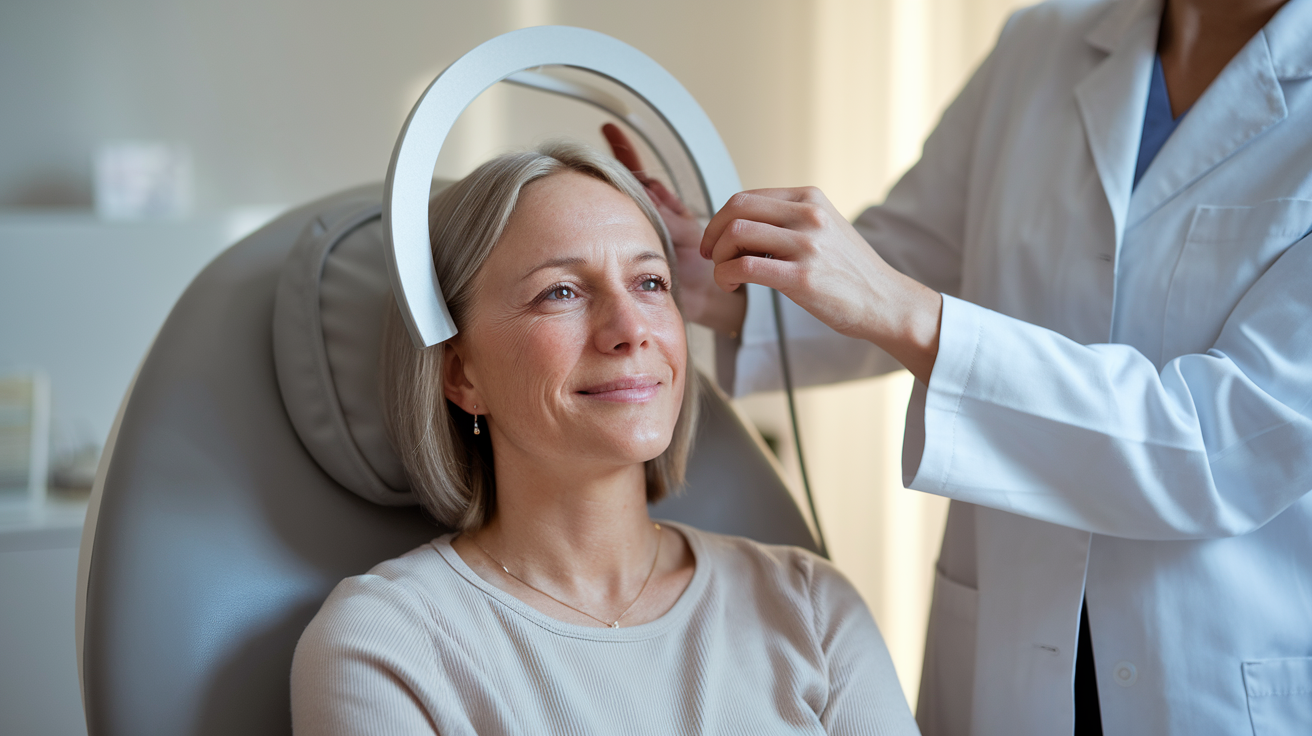
When traditional depression treatments fail, it feels like you’re trapped in a never-ending cycle of medication trials and therapy sessions that go nowhere. You start wondering if anything will ever work.
That’s where Transcranial Magnetic Stimulation (TMS) comes in as a genuine game-changer.
TMS isn’t just another option to try—for many people with treatment-resistant depression, it’s the breakthrough that finally makes a difference. This non-invasive procedure uses magnetic pulses to stimulate specific brain areas affected by depression, essentially rewiring neural pathways that medication can’t reach.
The numbers speak volumes: about 50-60% of patients who didn’t respond to medications experience significant improvement with TMS. Even more impressive, about one-third achieve complete remission.
But the real story isn’t in the statistics—it’s in the experiences of people who’ve tried it. Many describe a gradual lifting of the heaviness that’s weighed them down for years. Colors become brighter. Motivation returns. Relationships improve.
Unlike medications, TMS typically doesn’t come with systemic side effects like weight gain or sexual dysfunction. Most patients can drive themselves to appointments and return to their daily activities immediately afterward.
For someone who’s spent years cycling through failed treatments, this therapy offers something precious: hope. TMS represents not just symptom management but the possibility of reconnecting with a version of yourself you feared was gone forever.

Neuroplasticity offers a powerful framework for understanding and treating depression, particularly for those who struggle with treatment-resistant forms of the condition. As we’ve explored, specific brain structures play crucial roles in depression, but our brain’s remarkable ability to rewire itself provides genuine hope. Transcranial Magnetic Stimulation (TMS) leverages this neuroplasticity to create meaningful changes in brain function for patients who haven’t responded to conventional treatments.
For individuals facing the challenges of treatment-resistant depression, TMS represents more than just another option—it can be truly life-changing. By directly targeting affected brain regions and promoting healthier neural connections, this innovative approach helps restore balance to disrupted brain circuits. If you or someone you know has struggled to find relief through traditional depression treatments, exploring TMS with a qualified healthcare provider could be the key to reclaiming a fuller, more vibrant life.
